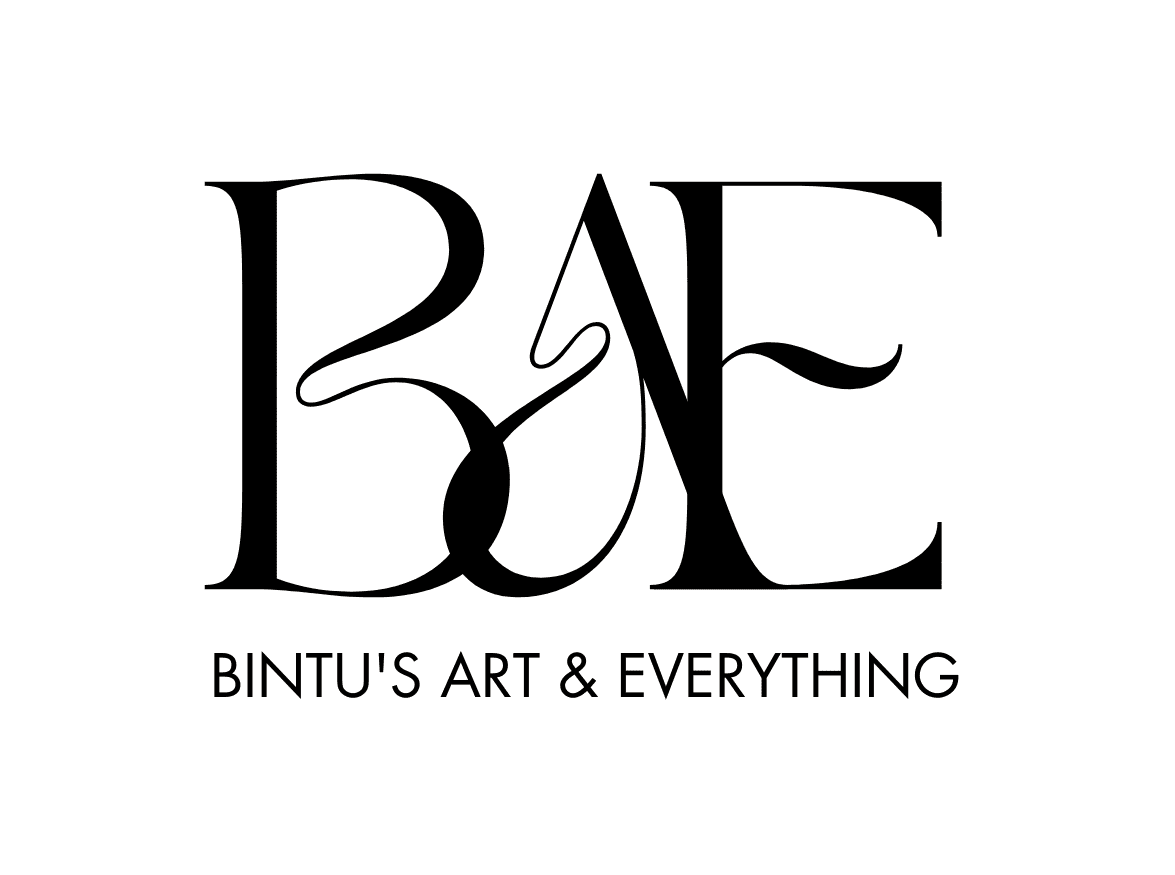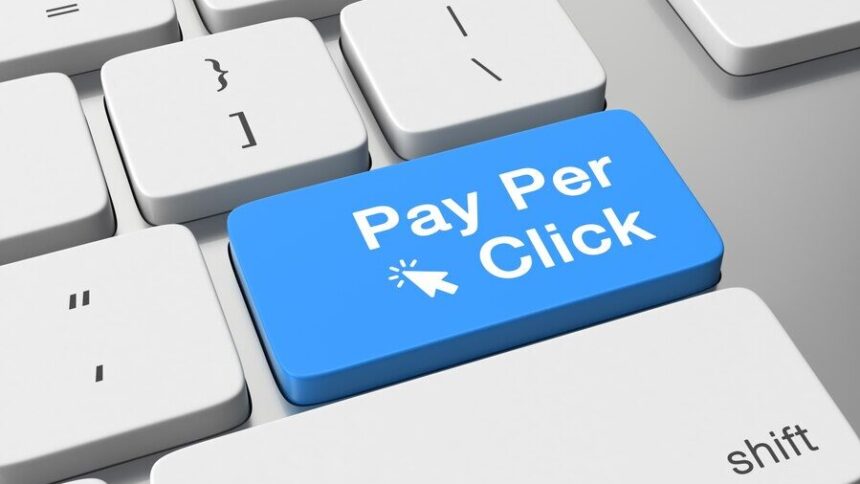Maximizing ROI in PPC: Proven Strategies for Google, Facebook, and YouTube Ads
Every business wants to get the most from its advertising dollar. Pay-per-click (PPC) ads are a quick way to reach your audience, but without proper strategy, your spend can quickly spiral out of control. The goal? Maximize return on investment (ROI) by knowing how to tune each platform for the best results.
- Maximizing ROI in PPC: Proven Strategies for Google, Facebook, and YouTube Ads
This guide covers proven strategies for Google Ads, Facebook Ads, and YouTube Ads. Mastering these can turn your ad spend into real profit. The challenge is understanding platform differences. Each platform has unique rules, but with a clear plan, you can make the most of each one.
Understanding PPC ROI: Foundations and Key Metrics
The Fundamentals of PPC ROI
ROI in PPC is simple: what you earn from ads compared to what you spend. If you spend $100 and make $200 in sales, your ROI is 100%. But calculating ROI isn’t just about sales — it’s about profit after costs. Think of ROI as the last piece of the puzzle to judge if your campaigns are worth it.
Other metrics like click-through rate (CTR) and cost-per-click (CPC) are important but don’t tell the full story. Focus on whether your ads lead to actual sales and profit.
Critical Metrics to Track
- Cost per Acquisition (CPA): How much it costs to get a customer.
- Conversion Rate: Percentage of visitors who buy or sign up.
- Customer Lifetime Value (CLV): Total profit from a customer over time.
- Quality Score: Google evaluates relevance; better scores lower costs.
Setting Realistic Goals and KPIs
Align your campaign goals with what your business needs. For example, if you want fast sales, focus on CPA and conversion rates. If brand awareness matters more, look at reach and engagement. Use industry benchmarks as a starting point to set achievable targets.
Crafting High-Performing Google Ads Campaigns
Keyword Research and Audience Targeting
Start with good keywords. Use tools like Google Keyword Planner or SEMrush to find high-intent phrases. Long-tail keywords—those specific terms—often convert better because they match closer to what people want. Segment audiences based on interests and behaviors to improve ad relevance.
Ad Copy and Creative Optimization
Write headlines that grab attention and descriptions that solve a problem. Test different headlines and calls-to-action. Use ad extensions such as site links, callouts, or structured snippets to increase visibility. Continuous A/B testing keeps your ads sharp.
Bid Strategies and Budget Management
Choose manual or automated bidding based on your goals. Manual gives control, but automation can optimize for conversions. Adjust bids for different devices, locations, or times of day. Set daily caps to avoid overspending and keep your budget aligned with performance.
Leveraging Google Analytics Integration
Link your campaigns to Google Analytics. Track how visitors behave after clicking your ad. Use this data to refine keywords, ads, and landing pages. Focus on high-converting routes to improve ROI consistently.
Maximizing ROI through Facebook Ads Strategies
Audience Targeting and Segmentation
Facebook’s strength lies in precise targeting. Use Custom Audiences to reach existing customers. Create Lookalike Audiences to find new prospects similar to your best buyers. Use interest targeting to narrow or broaden reach. Retarget website visitors to boost conversions.
Creative Development and Ad Formats
Design eye-catching visuals and videos that tell your brand story. Mix formats—carousel ads, videos, lead ads—to find what works best. Consistency in branding makes your message stick.
Optimization Techniques
Use Facebook’s Automated Rules to pause underperforming ads. Campaign Budget Optimization (CBO) spreads your budget efficiently. Limit ad frequency to reduce viewer fatigue. Regularly split-test ads and audiences to increase effectiveness.
Tracking and Measurement
Implement Facebook Pixel on your website. It tracks conversions and visitor actions. Analyze ROAS—return on ad spend—and the cost for each result. Tweak campaigns based on real-time feedback to maximize profits.
Leveraging YouTube Ads for High ROI
Developing Engaging Video Content
Create short, punchy videos with clear messages and strong calls-to-action. Use storytelling to keep viewers interested. Look at successful campaigns for ideas—test different lengths, tones, and formats to find your best fit.
Targeting and Placement Strategies
Use demographic filters and interest targeting to reach specific groups. Remarketing lists and custom audiences let you re-engage viewers who interacted with your brand. Contextual placement ensures your ad appears near relevant content.
Cost Optimization and Bidding
Choose bidding options that align with your goals—CPV (cost per view), CPM (cost per thousand impressions), or CPA. Adjust bids for certain content types or audiences. Keep an eye on ad frequency to avoid viewer fatigue and wasted spend.
Measurement and Analytics
Use YouTube and Google Ads analytics tools to track views, engagement, and conversions. Measure view-through conversions to see if viewers act after watching. Use insights gained to improve your video content and targeting.
Related Articles:
- The ROI of Social Media: Proving Its Value to Your CEO
- AI & SMS Marketing: How Nigerian Companies Are Personalizing Campaigns on a Budget
Cross-Platform Integration and Advanced Tactics
Synergizing Google, Facebook, and YouTube Campaigns
Align messaging across channels. For example, run a Google search that complements your Facebook ad. Use remarketing to catch those who saw your YouTube video or visited your website. A unified strategy builds trust and boosts ROI.
Advanced Strategies
Employ AI tools for better bidding and targeting. Use dynamic ads that change based on user behavior. Customer data platforms (CDPs) help create personalized campaigns that speak directly to your audience’s needs. These tactics improve relevance and efficiency.
Conclusion
Getting the most from PPC ads takes effort, but the payoff is worth it. Focus on understanding the metrics that matter, refine your targeting, and test often. Stay flexible, watch platform updates, and adapt your approach accordingly. Combining clever strategies across Google, Facebook, and YouTube can unlock new levels of growth. Remember—continuous testing keeps your campaigns fresh and profitable. Your best ROI is just a smart, data-driven step away.





